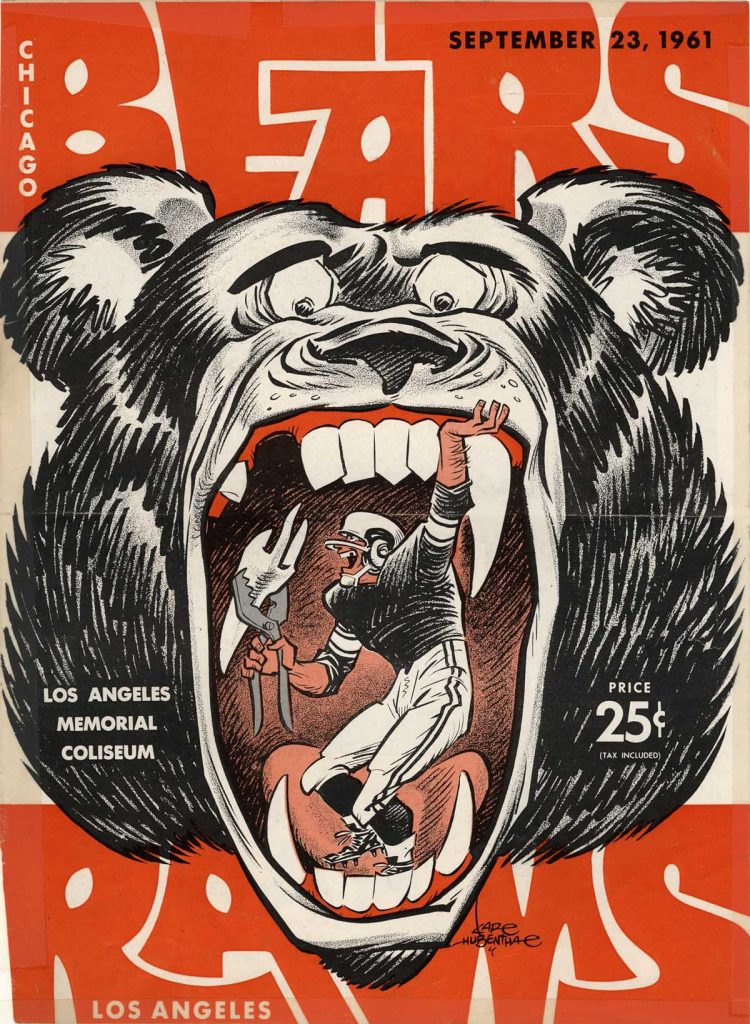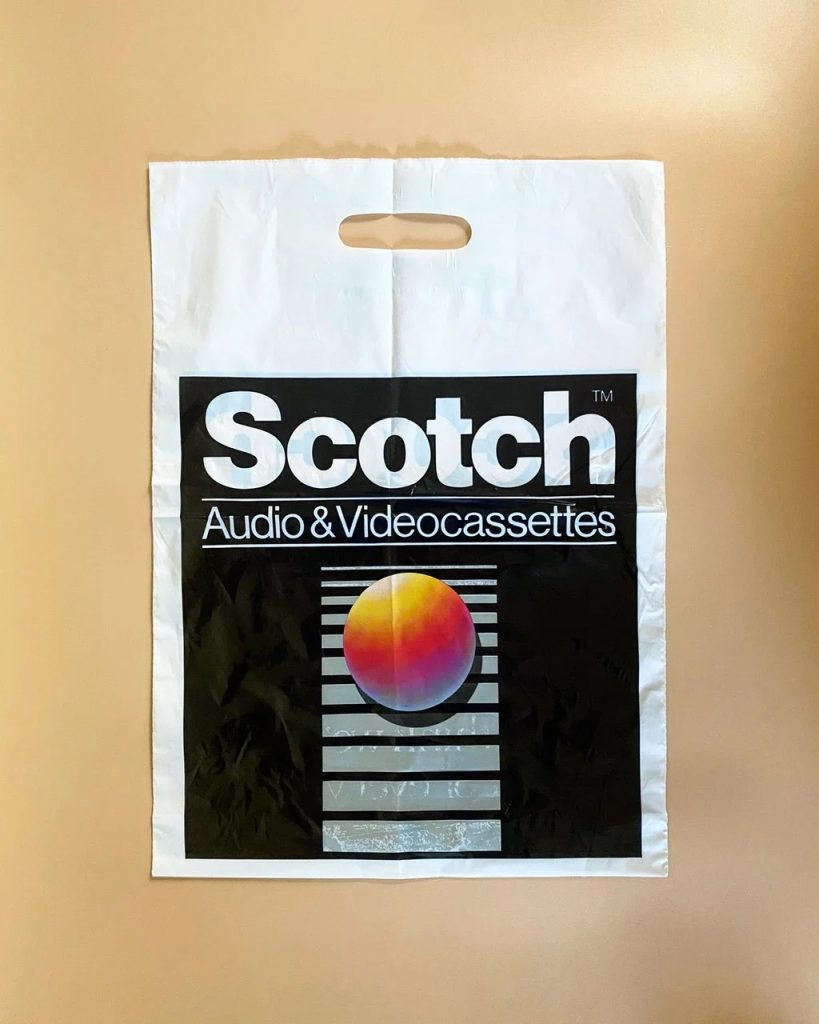Polish essayist and Nobel Prize-winning poet Wislawa Szymborska answered letters from people seeking poetry advice for Poland’s Literary Life. Here are some of the best bits:
To Heliodor from Przemysl: “You write, ‘I know my poems have many faults, but so what, I’m not going to stop and fix them.’ And why is that, oh Heliodor? Perhaps because you hold poetry so sacred? Or maybe you consider it insignificant? Both ways of treating poetry are mistaken, and what’s worse, they free the novice poet from the necessity of working on his verses. It’s pleasant and rewarding to tell our acquaintances that the bardic spirit seized us on Friday at 2:45 p.m. and began whispering mysterious secrets in our ear with such ardor that we scarcely had time to take them down. But at home, behind closed doors, they assiduously corrected, crossed out, and revised those otherworldly utterances. Spirits are fine and dandy, but even poetry has its prosaic side.”
To Esko from Sieradz: “Youth really is an intriguing period in one’s life. If one adds writerly ambitions to the difficulties of youth, one must possess an exceptionally strong constitution in order to cope. Its components should include: persistence, diligence, wide reading, curiosity, observation, distance toward oneself, sensitivity to others, a critical mind, a sense of humor, and an abiding conviction that the world deserves a) to keep existing, and b) better luck than it’s had thus far. The efforts you’ve sent signal only the desire to write and none of the other virtues described above. You have your work cut out for you.”
To Michal in Nowy Targ: “Rilke warned young poets against large sweeping topics, since those are the most difficult and demand great artistic maturity. He counseled them to write about what they see around them, how they live each day, what’s been lost, what’s been found. He encouraged them to bring the things that surround us into their art, images from dreams, remembered objects. ‘If daily life seems impoverished to you,’ he wrote, ‘don’t blame life. You yourself are to blame. You’re just not enough of a poet to perceive its wealth.’ This advice may seem mundane and dim-witted to you. This is why we called to our defense one of the most esoteric poets in world literature—and just see how he praised so-called ordinary things!”
To B.L. from the vicinity of Wroclaw: “The fear of straight speaking, the constant, painstaking efforts to metaphorize everything, the ceaseless need to prove you’re a poet in every line: these are the anxieties that beset every budding bard. But they are curable, if caught in time.”
To Zb. K. of Poznan: “You’ve managed to squeeze more lofty words into three short poems than most poets manage in a lifetime: ‘Fatherland,’ ‘truth,’ ‘freedom,’ ‘justice’: such words don’t come cheap. Real blood flows in them, which can’t be counterfeited with ink.”
Thanks to Zito Madu for tweeting this out (and check the rest of the thread for more great insights from the likes of Flannery O’Conner, Susan Sontag, and Jose Saramago. And the title is all his too; credit where credit’s due).








